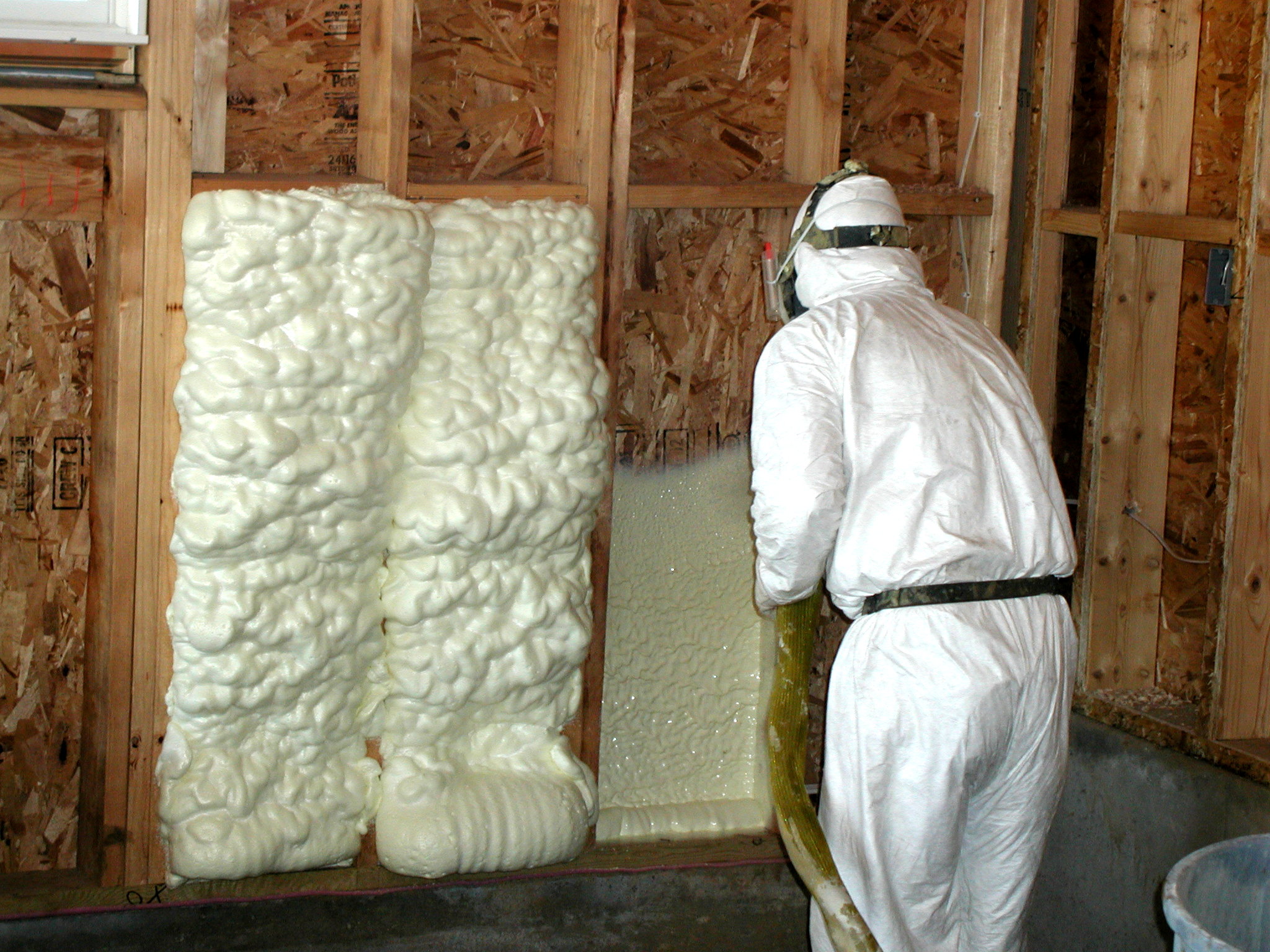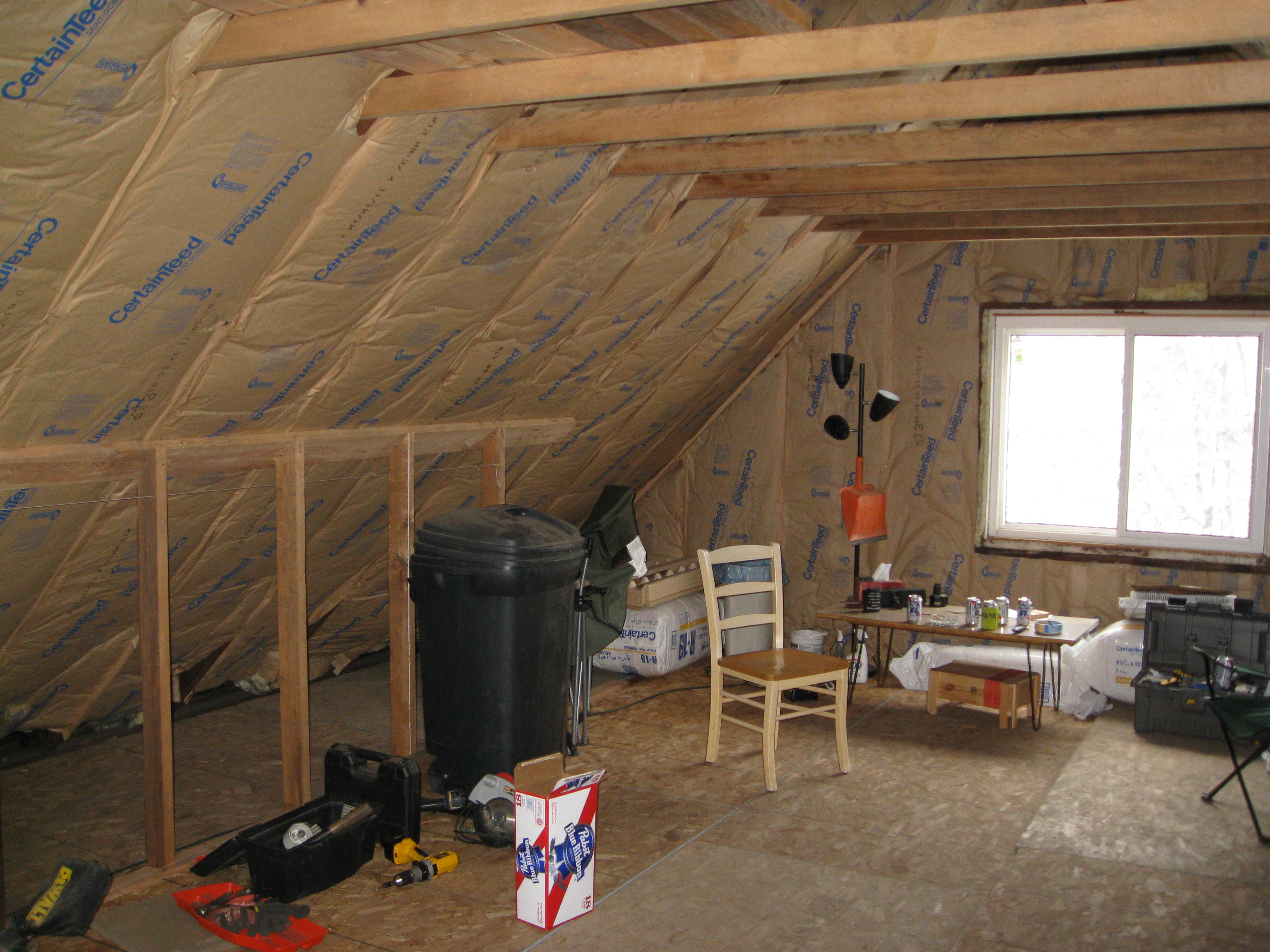Do The Walls Of My Old House Need To Be Insulated?
I get this question all the time. Do the walls of my old house already have insulation in them? There are a few ways to figure this out:
1. The age of your house. This is the best and easiest indicator.
2. Check yourself, there are 2 ways, the non-invasive and the invasive way.
3. Get an energy audit including an infrared camera test.
First, a caveat, my knowledge is mostly limited to Ohio, building and energy codes vary state to state. Of course code is supposed to be more or less the same nationally, but it really isn’t. So check with a knowledgeable contractor or someone in your city’s building department to get dates in your area.
1. The Age of Your House
Are your walls insulated? This is pretty cut and dried, if your house was built:
a. Before 1960 – NO – Your walls are uninsulated unless a previous homeowner had it done.
b. 1960-1964 – MAYBE – You have a 25% chance the walls are insulated. Code changed in 1965 where walls had to be insulated, but some builders gave an option before that. BUT it is probably only 2″ thick insulation like 1965-1970.
c. 1965-1970 – SORT OF – In 1965 wall insulation became code. Your walls are probably insulated, BUT you probably only have 2″ thick R-8 when a wall cavity is 3.5″ deep. This is because 2×4 is not 2″ x 4″ but rather 1.5″ x 3.5″. Most insulators can beef up your insulation so it fills the cavities completely. This will also substantially reduce the air leakage of your home. Check out this video of us insulating the walls of a house built between 1965 and 1970 to see how it is done, or watch below.
d. 1971-1990 – YES – Your walls have a 3.5″ thick R-11 fiberglass batt in them with near certainty. It is not easily possible to add insulation to your walls.
e. 1990-Today – YES – Starting around 1990 the R-value was bumped up to R-13. There are a few other options as well, but regardless, your walls are insulated and you are not a candidate for additional blown in wall insulation.
2. Check Yourself
a. Non-Invasive Method 1 – Is it really cold? When it’s below freezing outside, is the wall uncomfortably cold or just luke-cool? If it is just above freezing the walls probably aren’t insulated.
b. Non-Invasive Method 2 – Visual/Feel Method – Remove a switchplate or socket plate off the wall by unscrewing it. Be sure it is on an outside wall. If there is a gap between the electric box and the drywall or plaster, shine a light and see if you can see anything. You can also (VERY carefully, don’t get shocked, and don’t call me if you do) stick a butter knife in the slot next to the electric box but into the wall. If you feel resistance, you probably have insulation.
c. Invasive Method – Drill a hole. Go into a closet on an outside wall, or somewhere else that a hole will be inconspicuous. Drill a good sized hole (1/2″ minimum) and check with a flashlight to see if there is insulation. Once again, be very careful when you drill, as there could be either a wire or a pipe hiding there. Don’t press too hard when drilling the hole.
3. Get an energy audit that uses an infrared camera.
A full energy audit will give you a great overview of the insulation needs of your home. They also usually include infrared camera testing. An infrared camera can see hot and cold. It will likely be able to tell you if your walls have insulation in them. Please note that in some circumstances it may be very difficult to tell if you have insulation in the wall. Then it’s time for the drill test again.
Don’t know what an energy audit is? Read this. Most auditors will have an infrared camera, but ask when you bring them in. Most utility companies offer low cost energy audits. Here in Cleveland, check with the gas and electric companies, which are $50 and $100, respectively. Most programs come with rebates as well. Outside of the area, check out Energy Savvy’s rebate listing.
Important Caveat – Closets and Cabinets
Do you have a frigid closet or kitchen cabinet? That doesn’t necessarily mean the walls are uninsulated. It simply means there is no heat getting into that area, so it is closer to outdoor temperature than indoor temperature. You can crack the door to warm it up. Or just store your beer there in winter (I’m writing this after hours, so it’s OK.)
Curious what insulating a wall looks like? Here’s a little clip.
And a few pictures of the job in the first picture while in progress.
I need wall insulation, and I need it right now. (Emphasis added.)
So do you need wall insulation? Well, shockingly, you are on the website of an insulation contractor, so you’re in the right place. Give us a call or email us for a free home performance evaluation to find out more about how it is done and how much it costs.
Still thinking about it? Sign up for the blog and read more as we post more wall insulation articles. (Top right link.) Or:
Get the HVAC Guide

It's free! Make buying a new furnace, air conditioner, or heat pump less stressful.












